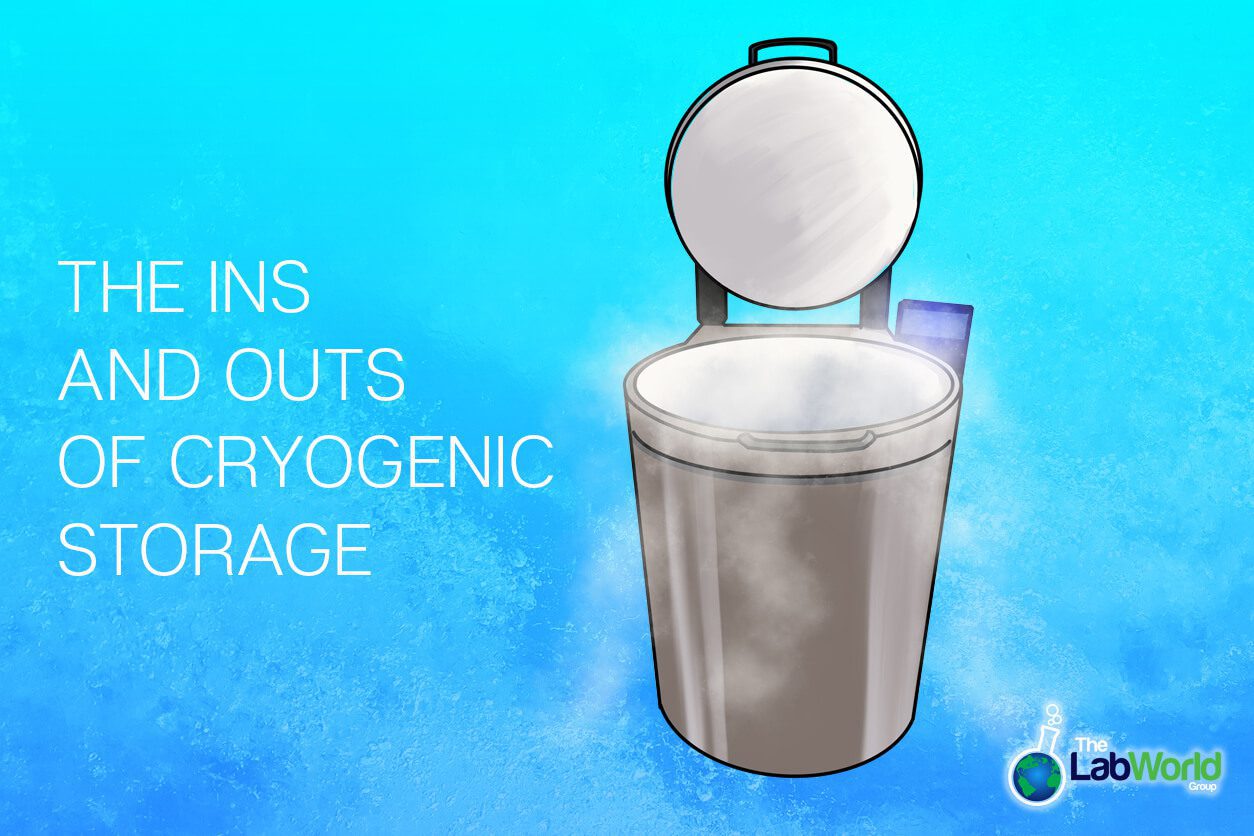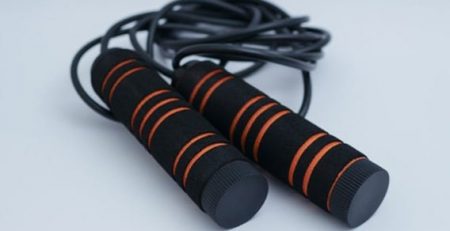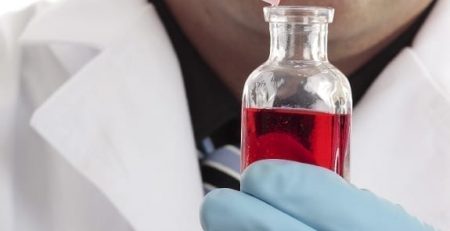
The Ins and Outs of Cryogenic Storage
Amanda2022-04-29T16:20:03+00:00What is Cryogenic Storage?
When you need to preserve a sample for as long as possible, the best chance you have is cryogenic storage. Freezing a sample with a mechanical freezer and traditional compressor system can get you as low as -86°C. Most ultra-low freezers operate that this level, are safe to operate and have the added bonus of large storage capacities.
However, even at temperatures that low, metabolic activity is only slowed. This means the sample will continue to decay over time, all be it slowly. If you want the metabolic activity to cease altogether, however, then you will need temperatures as low as -132°C or lower and for that, you need cryogenic liquids.
What is Cryogenic Liquid?
Cryogenic liquids are gases cooled and pressurised into a liquid state, creating a medium with extremely low boiling points. Cryogenic liquids can include liquid oxygen, liquid helium, liquid hydrogen, and the most commonly used and well known, liquid nitrogen.
Liquid nitrogen has a boiling point of around -196°C and that kinetic energy drops samples well below the glass transition phase of water, for a safe form of preservation. To hold the liquid nitrogen and the samples, specialized equipment such as a LN2 dewar must be used to safely store and harness and apply the preservation power.
History of the Cryogenic Storage Dewar
In 1892 the dewar was invented by its namesake, Sir James Dewar of London, and consisted of silvered glass, with double-wall construction and vacuum insulation. This design discovery finally allowed fluids for producing low temperatures to be held for a reasonable amount of time. Manufacturing these vessels was difficult for local glass smiths to construct, and was eventually sourced to Germany. There the manufacturer also discovered that the construction could also keep liquids hot and the thermos was born.
Over the years the dewar has had a series of innovations including the shape of the neck, radiation shielding, and most significantly multilayer insulation that pushed the containment times and efficiency. Multi-layer insulation came about in the 1950s when a lightweight solution for rocket cryogenic propellants was needed and has been the industry standard ever since.
Types of Cryogenic Freezing Equipment
Cryogenic equipment typically falls into three categories, portable dewars with manual fill, automatic fill systems, and controlled rate freezers. Cryogenic freezers can reach the metabolic-halting temperatures by using liquid nitrogen but are able to control the rate of cooling, which can be critical for applications in cell and gene therapy, vaccine production, and biobanking.
A liquid nitrogen dewar is simpler. A type of flask with vacuum insulation, an LN2 dewar uses two or more layers to protect from thermal loss and reduce the rate at which the liquid boils away. As the liquid boils the gas expands and needs to escape safely. Liquid nitrogen can expand up to 696 times as it vaporizes. To allow it to escape safely systems use either with a loose-fitting stopper in a simple dewar or by holding the gas at high pressure with automatic venting in more sophisticated models.
Considerations for a Cryogenic Storage System
When selecting an LN2 system for your lab and your samples there are some areas to think about to make sure you have the right fit for your needs. What and how much you need to store can determine whether you’re fine with a smaller portable, manual fill liquid nitrogen dewar, or you need a high-capacity, high-efficiency auto fill system that can store up to 93,000 vials. What type of sample storage you use also plays into your capacity. Vial samples are held in boxes, and canes, the straws group can also include IVF holders or bags frozen in either presses or cassettes.
Your capacity may also help you determine how you maintain Liquid Nitrogen levels within your system. A manual fill system is a simplest and most cost-effective choice, but it does require monitoring and there is a higher risk when handling the liquid nitrogen. An autofill LN2 system however will self-monitor and top off when levels get low. This automation, precision control, and peace of mind do come with a bigger price tag.
How and when you top off your liquid nitrogen, whether it’s liquid or vapor storage, the diameter and shape of the neck, even the lid can all contribute to static hold time. It’s important to pay attention to an LN2 dewar estimated hold time and evaporation rate when selecting these pieces of equipment so you can get the most bang for the buck and keep your samples safe.
Cryogenic Equipment Manufacturers
The MVE division of Chart industries provides a comprehensive lineup of cryopreservation options, from the small and portable up to high capacity and fully automated. The feature vapor and liquid storage options, a -190C top box temperature option, as well as options for how and how many vials you need to store.
IC Biomedical Dewars having merged with Worthington Cryogenic Equipment division and sometimes found under the Worthington banner or Taylor Wharton, carries a full range of sizes and shapes dewars, or more advanced systems that can store in either liquid or vapor. Each is constructed of lightweight but strong aluminum with sealed vacuum space and lids that keep loss to a minimum while still being safe.
The Thermo lineup covers benchtop containers, transportation systems, dewars, autofill systems, and systems that look more like traditional freezers, the controlled rate freezer. These compact systems are microprocessor controlled to precisely monitor the descent of the temperature to protect samples including human IVF samples. Thermo’s cryogenic line covers not only storage systems but also a robust lineup of accessories, racking systems, and consumables. Similarly, Cryosafe carries not only ample storage but also liquid dewars for the storage and dispensing of liquid nitrogen with high efficiency, super-insulated dewars.
Final Thoughts
Cryopreservation suspends biological samples to help preserve the fine structure of the cell. Over the years the technology has become more successful in keeping the cells and tissues intact for longer periods. This provides an advantage not only with maintaining stock levels for research but also reduces the risk of contamination, genetic drift, and morphological changes and reduces overall costs over time.
The overall freeze time is faster than traditional methods and can be applied to a broad range of applications. Aside from sample storage for research, Cryogenics can be used to cool rockets, MRI machines, storing food, recycling, cooling superconductors, and even special effects. For a research lab, liquid nitrogen dewars and cryopreservation systems can extend the length of time a sample is viable.
Depending on the make and model, liquid nitrogen is also an economical choice. Your lab can save additionally by buying gently used and leak-tested systems. Over the next few articles, we’ll take a deeper dive into what to look for when selecting an LN2 system, what elements make them effective, and what the brands have to offer.













